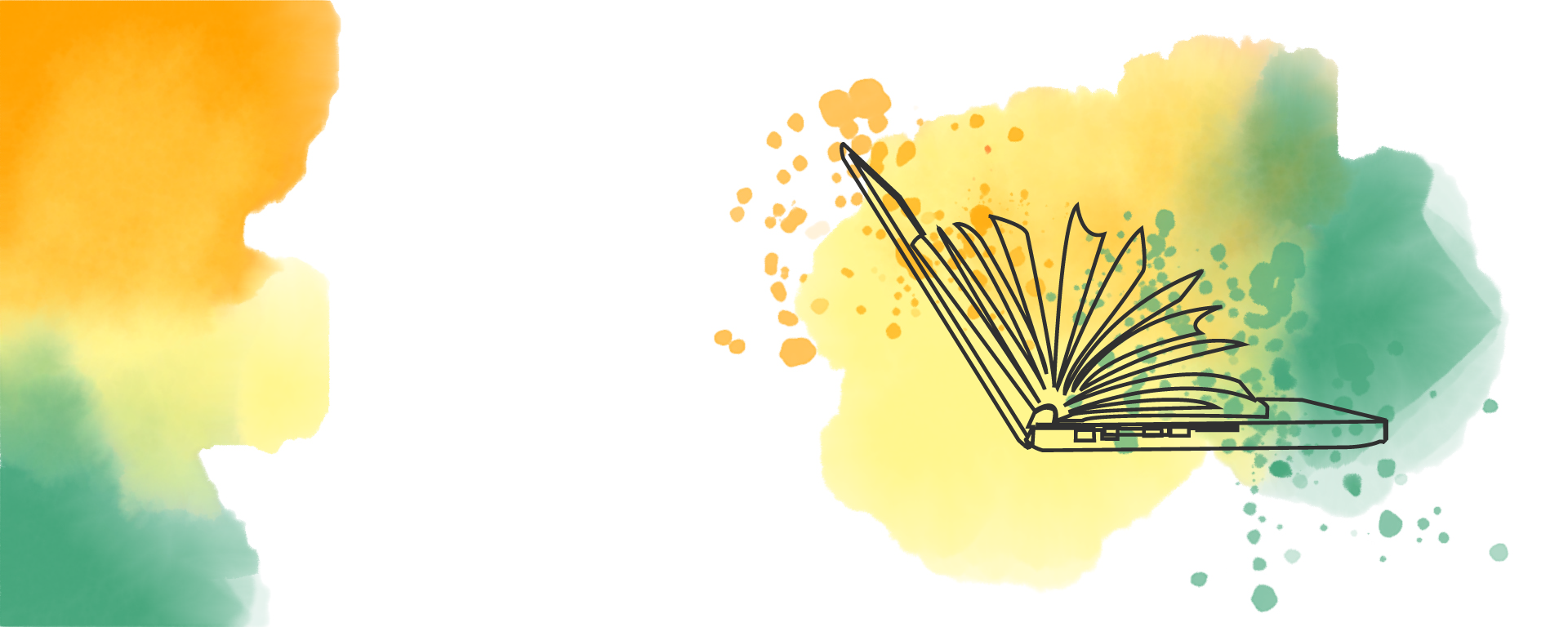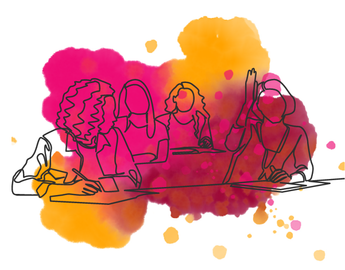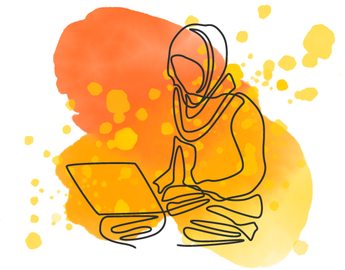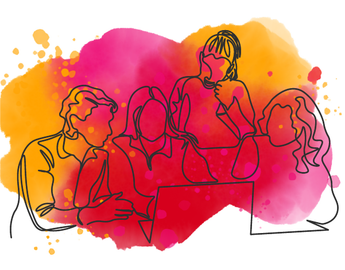What is blended learning?
Joosten et al. (2020) define blended learning as a mix of “media or technologies allowing for a blend of modalities of learning, face-to-face and online” (p. 6). Thoughtful blended learning that purposefully utilizes different environments for instruction can lead to higher student engagement, knowledge retention, and enhance the overall student experience (Allen & Seaman, 2013; Means et al., 2010).
Blended learning can be divided into four main models: blended face-to-face, blended online, flipped, and rotational (Cleveland-Innes et al., 2018).
Course context: Based in the classroom with online activities (readings, quizzes, and assessments) used to supplement the face-to-face higher-order learning activities (collaborative and group projects).
Example: Undergraduate economics course with lectures, and project-based activities taking place face-to-face while content review opportunities and discussion boards occur online. Assessments could be delivered online or face-to-face.
Course context: Inverse of blended face-to-face, conducted mostly online with some required in-class activities (labs).
Example: Undergraduate engineering course with interactions with content, lectures and quizzes taking place online. Lab work and experiments take place face-to-face.
Course context: Students are assigned pre-work to be completed online and expected to participate and engage in collaborative activities face-to-face.
Example: Graduate course in education where students complete assigned readings, interact with videos, and engage in discussion board posts online. Class time is spent working in group projects, confirming understanding of concepts, and presenting on related topics.
Course context: Students rotate between different modalities on a customized schedule (lab/classroom/online).
Example: Undergraduate biochemistry course designed using the lab rotation model. Students attend online lectures and rotate through in-person labs in small groups, having the final report as the main form of assessment.
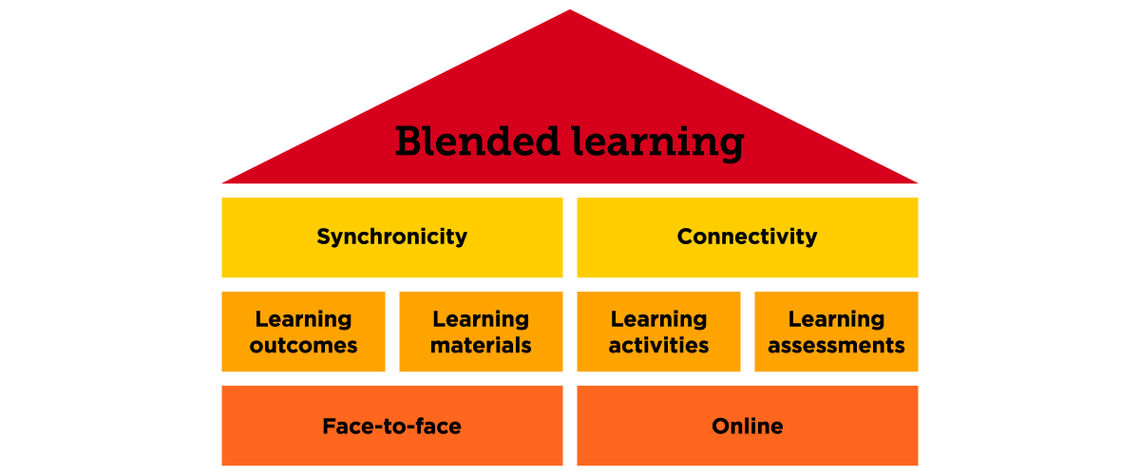
Guiding assumptions
This module was designed with the following assumptions in mind (Joosten et al., 2020):
-
blended learning occurs when face-to-face and online environments are strategically integrated, and
-
blended learning considers student-centered, active learning pedagogies that scaffold the student experience in both face-to-face and online environments.
Universal Design for Learning (UDL) is used throughout the module as a framework for blended course design (Hall, Meyer & Rose, 2012). UDL principles are based upon leveraging multiple means of engagement, representation, action and expression in learning activities and assessments to provide equitable, accessible, and inclusive learning opportunities for diverse learners.
Situating the course context
Choosing an appropriate blended learning model depends on the context of the course, including:
Each blended learning model reviewed in these lessons includes reflective questions about these elements and strategies for making course design decisions based on the unique context of your course.
Lesson checklist
- Recognize how blended learning can be applied to multiple teaching contexts
- Identify steps to start planning your blended learning course

